In early January, a team of Cambridge scientists set out on an
expedition to study and map the Larsen C ice shelf in western
Antarctica, and – ice conditions permitting – search for the wreckage of
Sir Ernest Shackleton’s Endurance.
Professor Julian Dowdeswell, Director of the Scott Polar Research
Institute, is chief scientist on the ambitious expedition, which will
use drones, satellites and autonomous underwater vehicles to study ice
conditions in the Weddell Sea in unprecedented detail.
The Weddell Sea is also the site of one of the most famous stories from
the ‘Heroic Age’ of polar exploration.
The Imperial Trans-Antarctic Expedition 1914-17 set out to cross
Antarctica via the South Pole.
However, in November 1915, Shackleton and
his 28-man crew were confronted with one of the worst disasters in
Antarctic history when Endurance was trapped, crushed and sunk by pack
ice.
The outside world was unaware of their predicament or location,
food was scarce and the chance of survival was remote.
In this film, Professor Dowdeswell tells the incredible story of
Endurance, and how he and the other members of the Weddell Sea
expedition hope to locate the wreckage of one of the most iconic vessels
in polar exploration.
From BBC by Jonathan Amos
A scientific expedition in the Antarctic has set out on a quest to find Sir Ernest Shackleton's lost ship.
The team has spent the past two weeks investigating the Larsen C Ice Shelf and the continent's biggest iceberg, known as A68.
And this puts it just a few hundred km from the last recorded position of the famous British explorer's vessel, the Endurance.
The polar steam-yacht was crushed in sea-ice and sank in November 1915.
Endurance just before it sank: Crushed at the stern, it went down bow first
Shackleton's extraordinary escape from this loss, saving his crew, means there is considerable interest in finding the wreck.
Endurance should be resting on the ocean floor, some 3,000m down.
The Weddell Sea Expedition 2019 team wants to grab the chance of making the discovery, using robotic submersibles.
On Sunday, the researchers announced that their work at Larsen and A68 was complete, and that they would now concentrate on finding the wreck.
But the group will have a tough job reaching its presumed location, concedes chief scientist Prof Julian Dowdeswell.
"We've got a journey of several hundred km from where we are now through really heavy and quite difficult sea-ice," he told BBC Radio 4's Inside Science programme last Thursday.
"We shall do our best to get there with the excellent ice-breaker that we have, but in any given year it will be very difficult to judge whether you will be able to penetrate the sea-ice."
The team has a very good idea of where the Endurance should be.Antarctica is one of the most remote and unforgiving places on our planet. This week, one of our AUVs got stuck underneath an ice floe! With perseverance, a lot of ice breaking and team work we successfully recovered Ocean Infinity’s new under ice AUV! #weddellseaexpedition2019 pic.twitter.com/JNC1ZCLDtJ— Weddell Sea Expedition 2019 (@WeddellSeaExped) January 24, 2019
Shackleton's skipper on the vessel, Frank Worsley, was a highly skilled navigator, and used a sextant and chronometer to calculate the sinking's co-ordinates - 68°39'30.0" South and 52°26'30.0" West.
Estimated position with the GeoGarage platform (NGA nautical chart)
The ship is almost certainly within a few nautical miles of this point.
If Prof Dowdeswell's ice-breaker, the SA Agulhas II, can get reasonably close - it will be game-on.
Frank Worsley used his sextant to record the position of the sinking
Scott Polar Research Institute, Cambridge Uni
The American geophysical survey company Ocean Infinity is part of the Weddell Sea Expedition group.
It has a Kongsberg Hugin autonomous underwater vehicle that it will deploy to map a 20km by 20km grid square on the ocean floor.
If it succeeds in locating the Endurance, a remotely operated vehicle will then be sent down to photograph the wreck site.
The organisms that normally consume sunken wooden ships do not thrive in the cold waters of the Antarctic, so there is optimism that Endurance's timbers are well preserved.
That said, crushing forces had done quite a bit of damage to the vessel before she slipped below the floes.
"I think that if we locate the Endurance, the greater likelihood will be that her hull is semi-upright and still in a semi-coherent state," commented marine archaeologist Mensun Bound.
"However, on the evidence of the only deep-water wooden wreck I have been privileged to study, I must concede that there is every possibility that she could have been wrenched wide open by impact (with the seafloor), thus exposing her contents like a box of chocolates," he wrote on his expedition blog.
The SA Agulhas II needs the sea-ice conditions to be favourable
Luck has been with the Weddell cruise so far.
Attempts to get to Larsen C in recent years by other expeditions were thwarted by the sea-ice conditions, but the SA Agulhas II made the most of favourable circumstances to reach Larsen and complete an extensive range of studies.
The ice shelf is the fourth largest such structure in the Antarctic.
It is an amalgam of glacier fronts that have flowed off land and lifted up to form a floating platform.
Larsen C is the fourth largest ice shelf in the Antarctic
Similar shelves to the north have collapsed in past decades and researchers want to understand the current status and likely future prospects of Larsen C.
Was the calving from the shelf of the monster berg A68 in July 2017 just part of a natural cycle, or an indication that changes are coming?
"We have acquired detailed observations on the glaciology, oceanography, biology, and geology of the little known area around the Larsen C Ice shelf and the huge A68 iceberg," said Prof Dowdeswell, who is also the director of the Scott Polar Research Institute in Cambridge, UK.
"Analysis of this data will allow us to better understand the contemporary stability and past behaviour of Larsen C, with its wider implications for ice sheet stability more generally."
Links :
- BBC : UK team drills record Antarctic hole / New map traces Shackleton's footsteps / The 'monster' berg: What happened next?
- The Guardian : Antarctic team 'upbeat' about hope of finding Shackleton's ship
- GeoGarage blog : 6 reasons Antarctic explorers were tougher 100 ... / Benjamin Leigh Smith: The forgotten explorer of the ... / Scott's Antarctic samples give climate clues
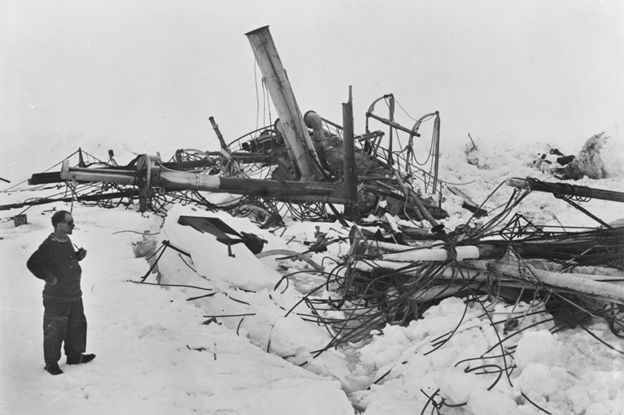
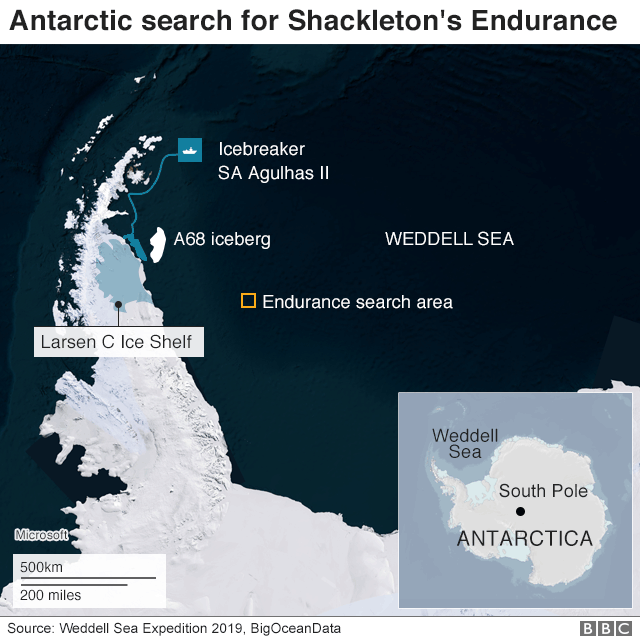

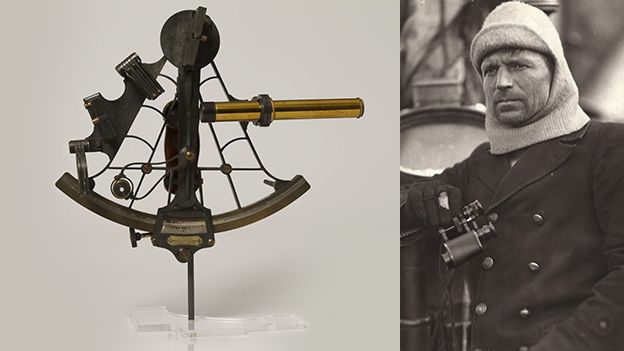
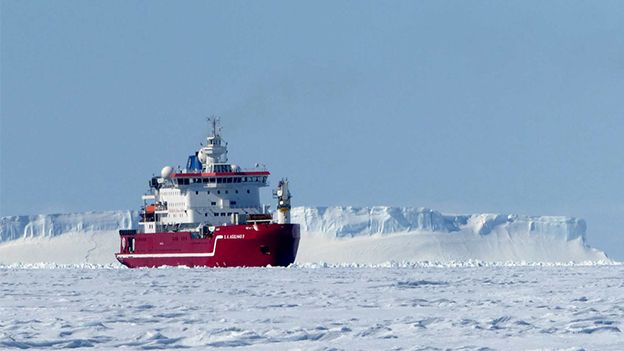
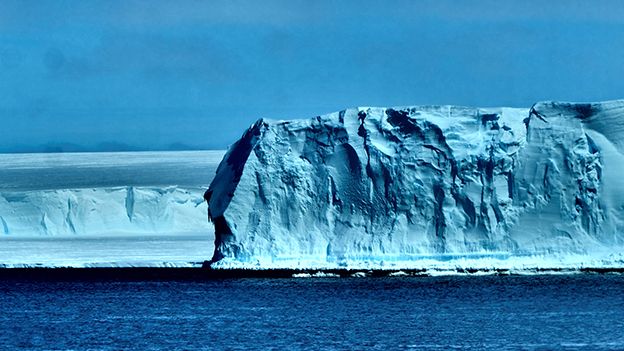
No comments:
Post a Comment